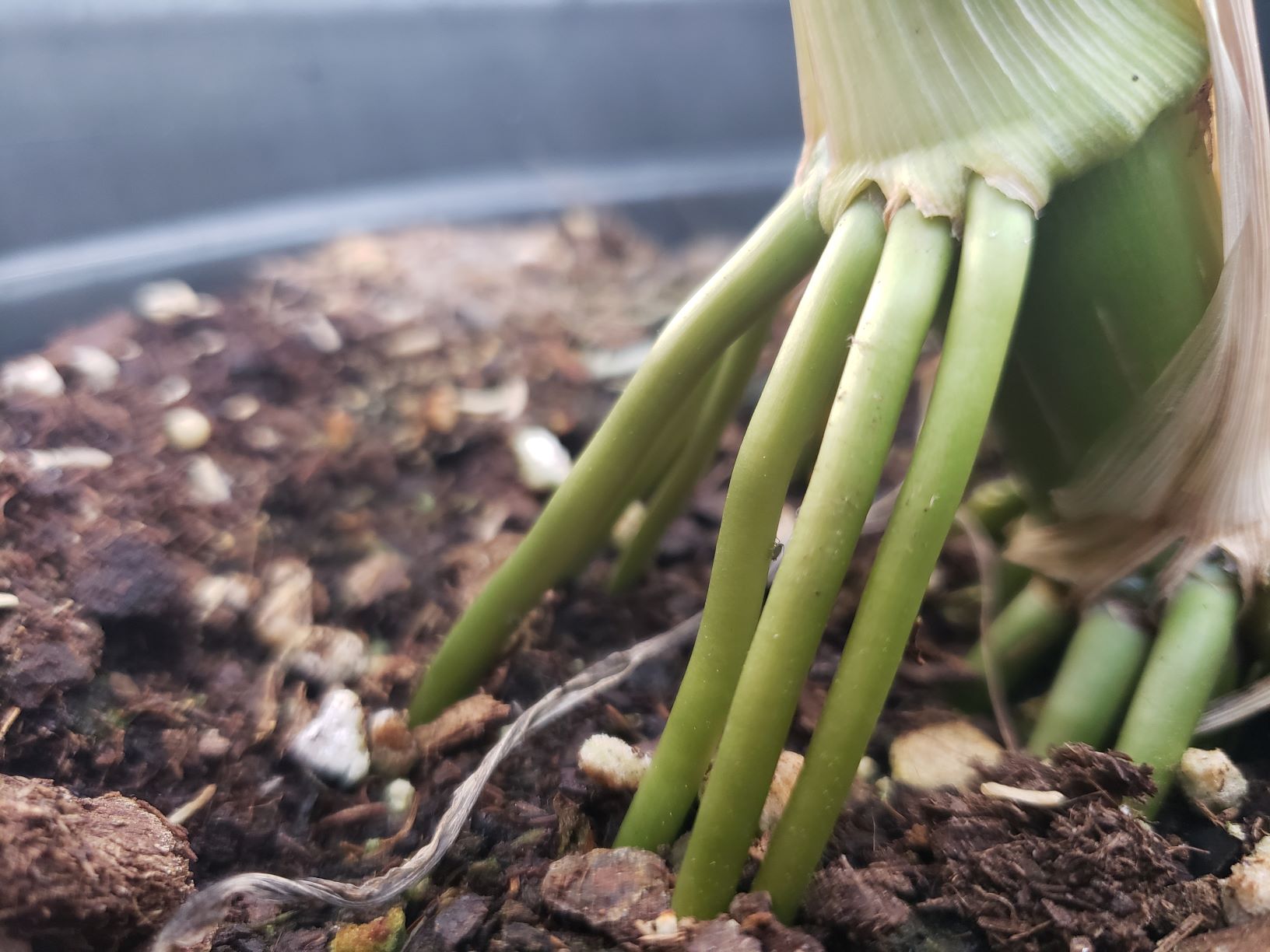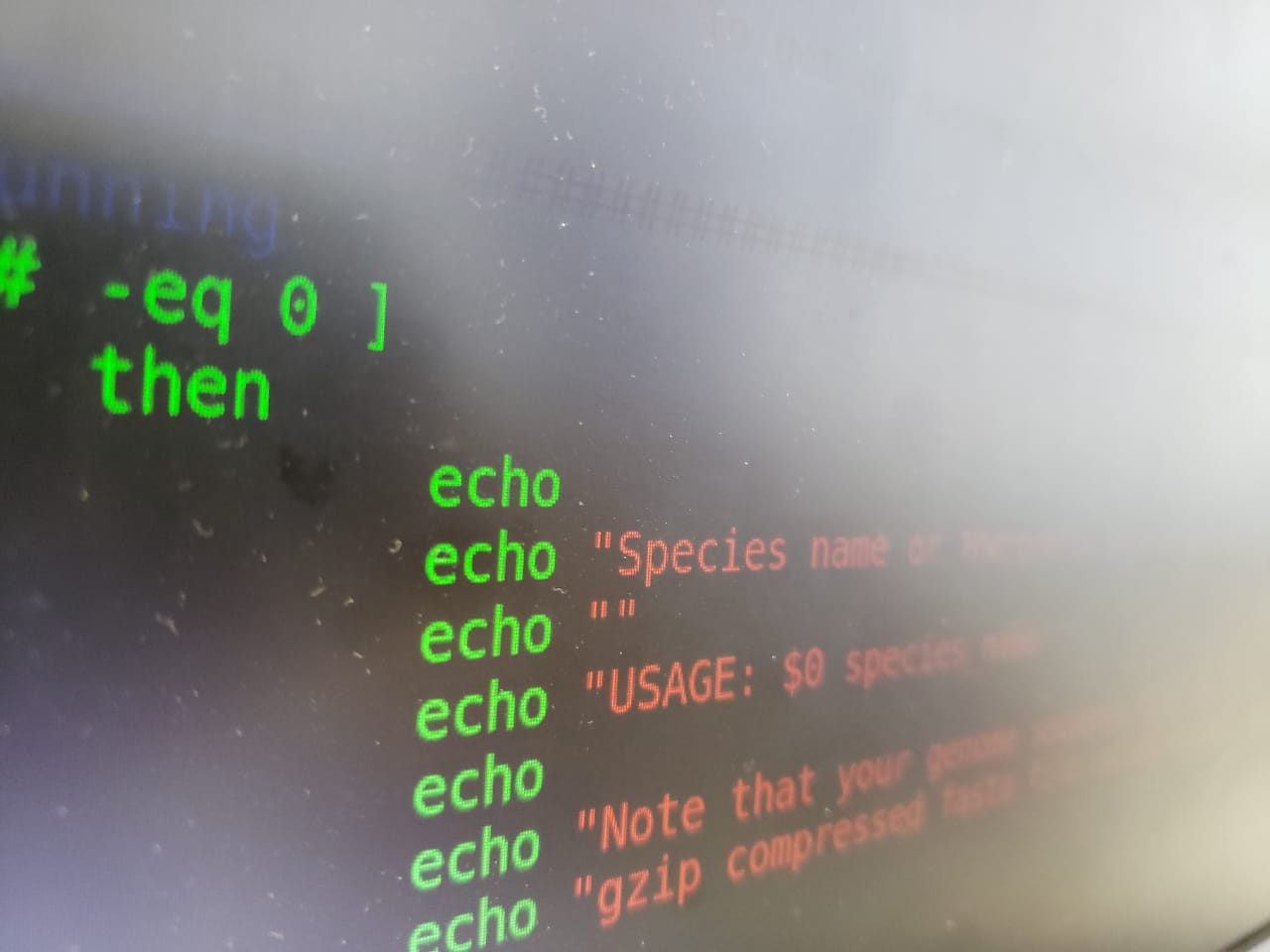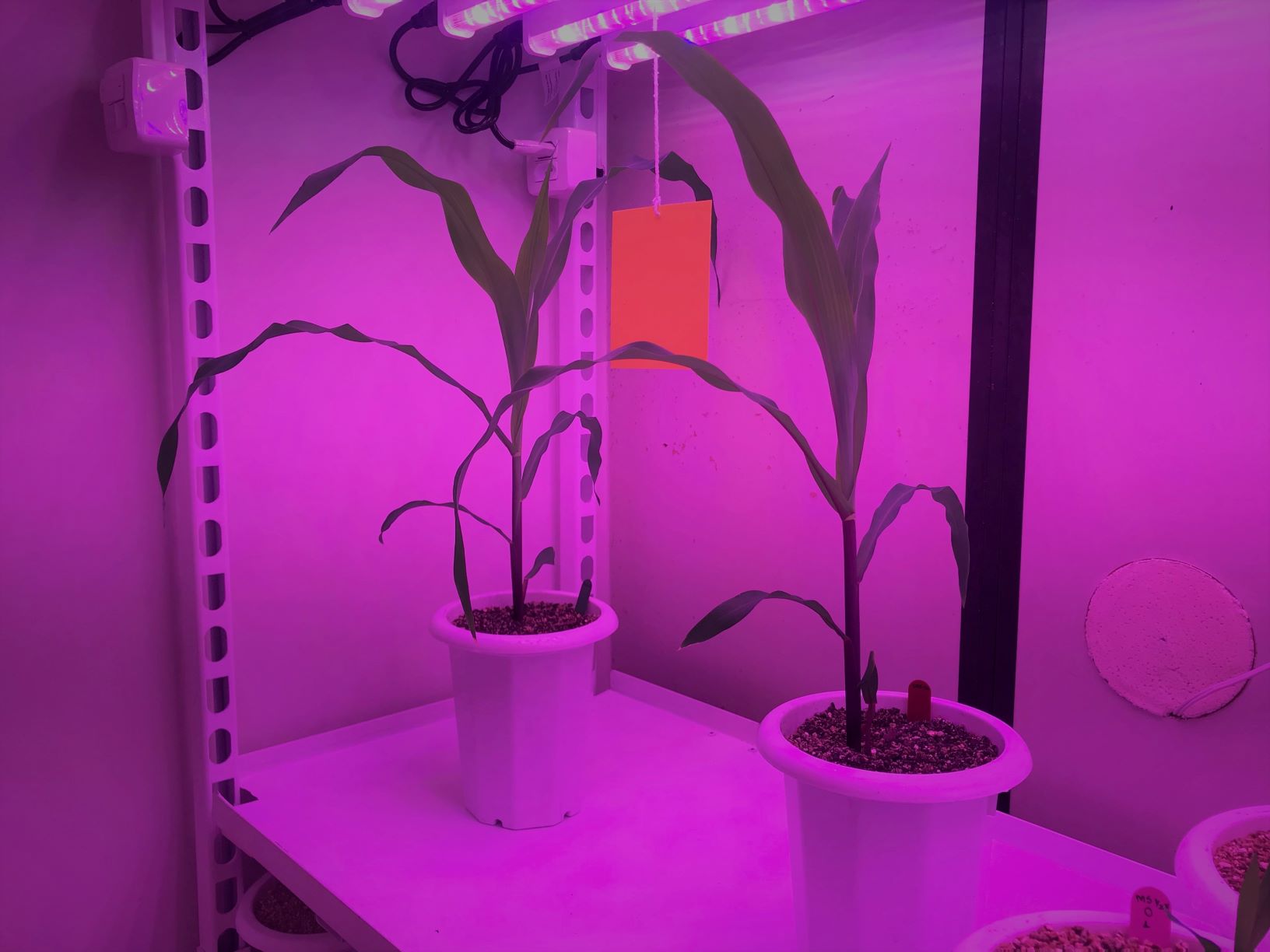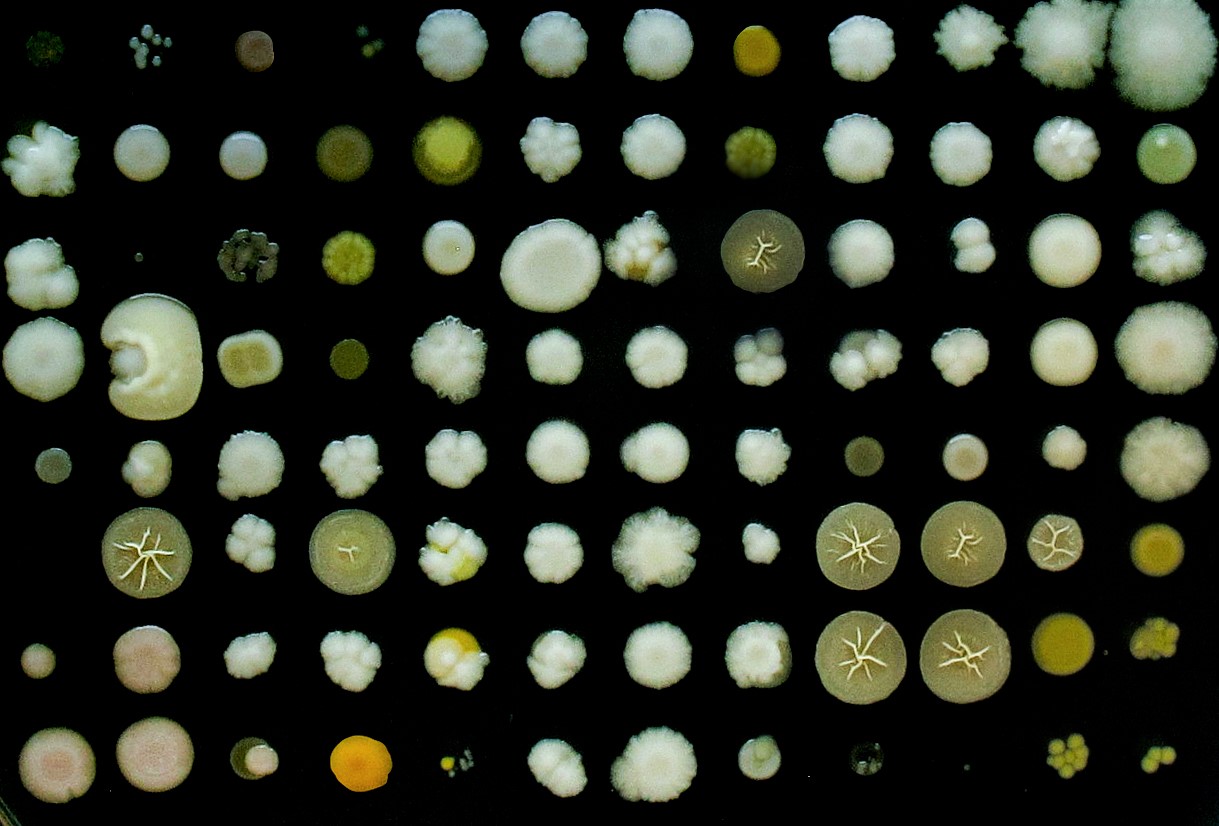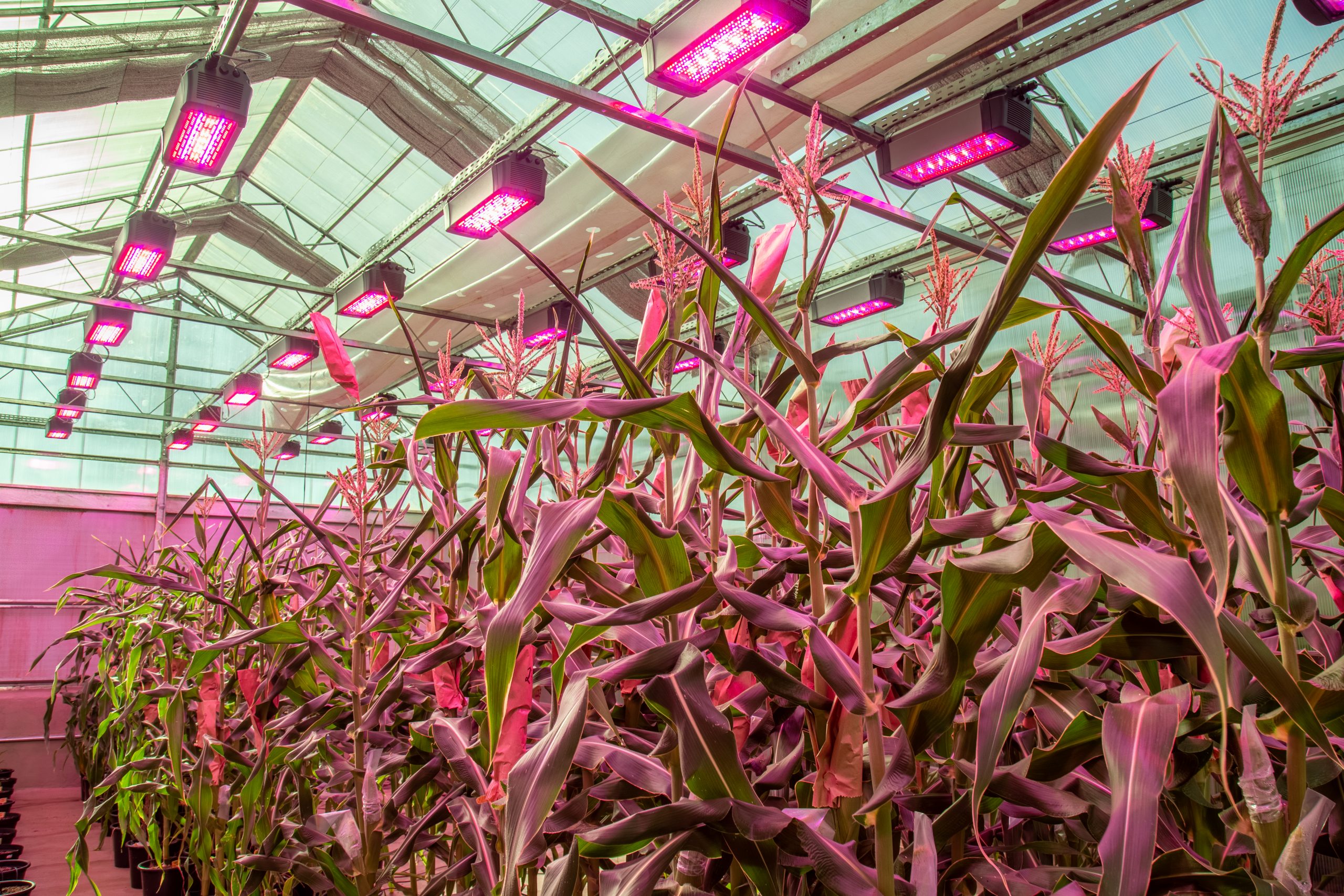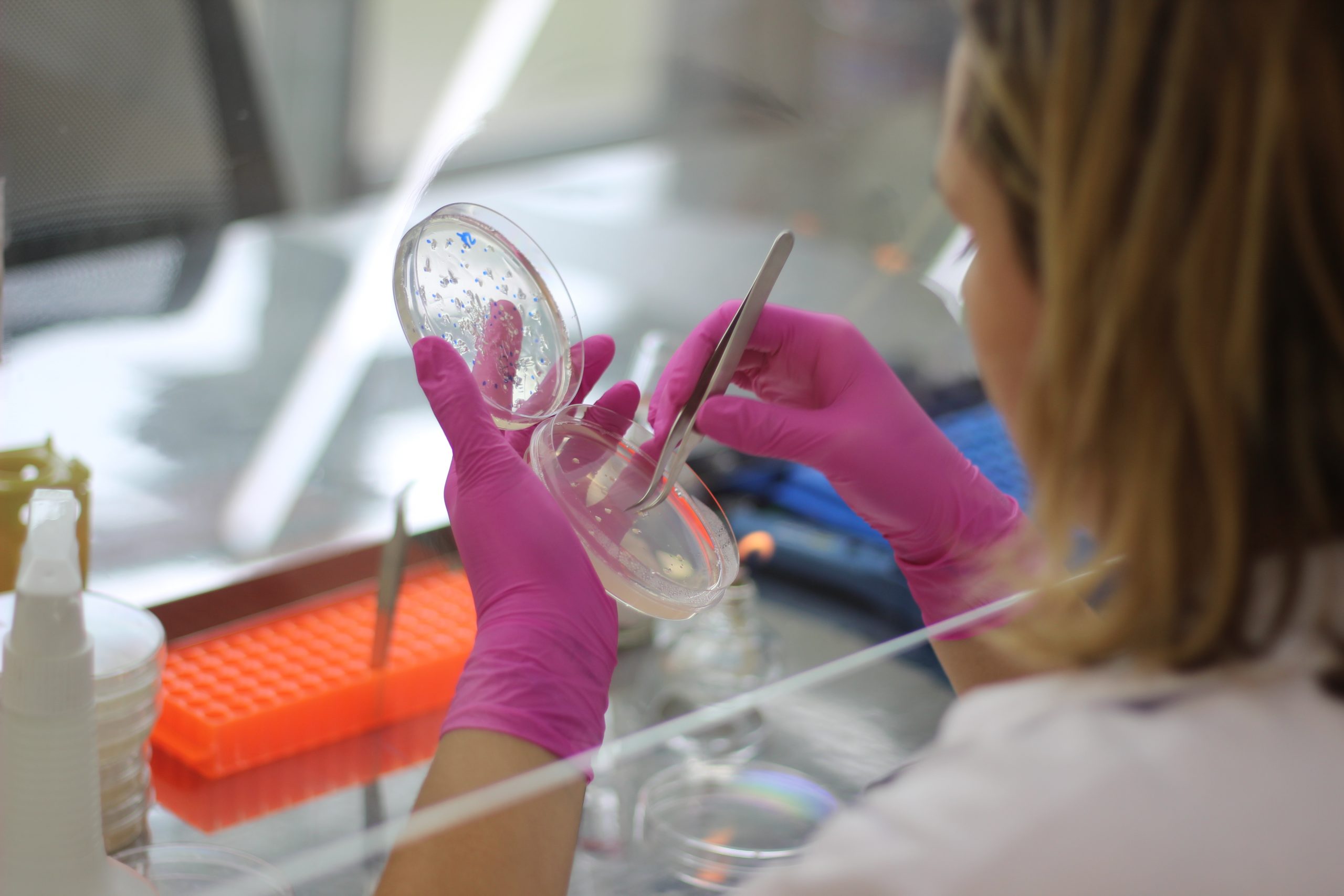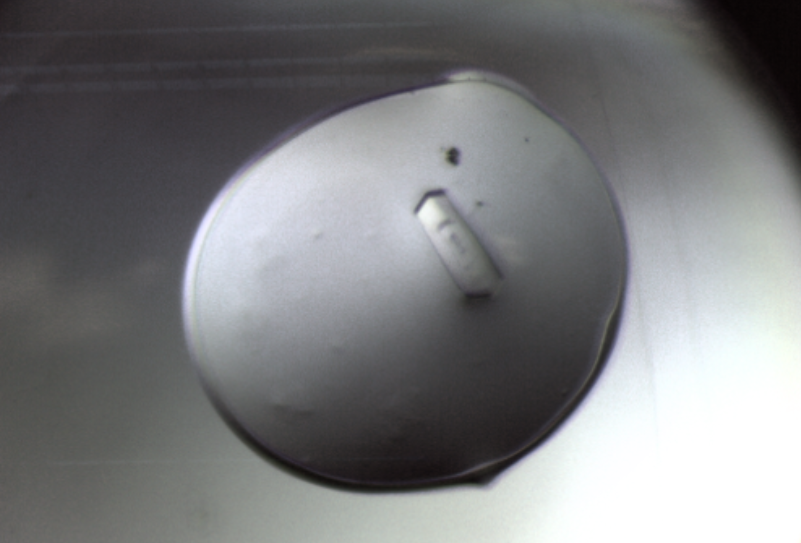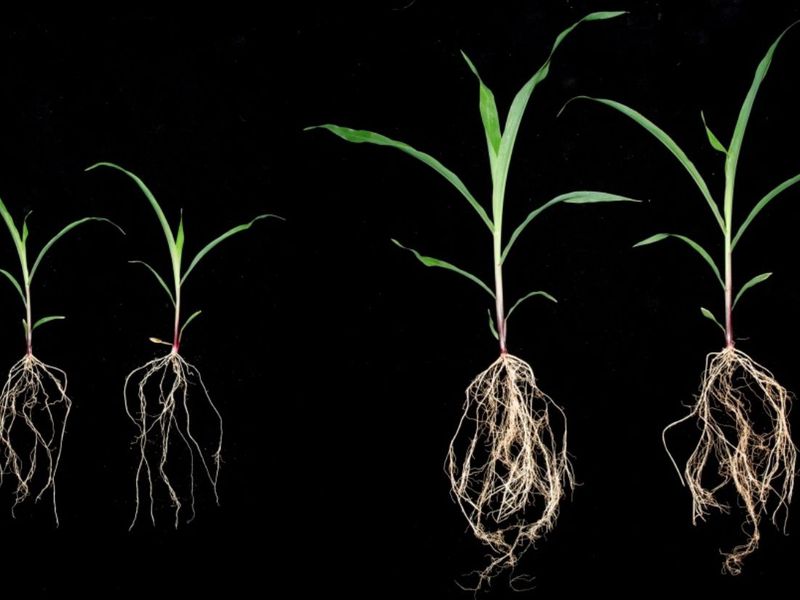The GCCRC is looking for an enthusiastic and talented candidate for a Postdoc position in the research area of plant microbiome. The candidate will work with the GCCRC research
The GCCRC is looking for an enthusiastic and talented candidate for a FAPESP Technical Training Level 5 (five years of experience in IT or PhD) in the research area of
The Genomics for Climate Change Research Center (GCCRC) is selecting a candidate for technical training level 3 (graduated students) for a Fapesp scholarship. The attribution is to support genotyping and
The growing interest in the microbiome functions and biotechnological potential in the last decade has taken a group of scientists from 28 research institutions around the world to unify the
We have an open Post-doctoral position with a Fapesp fellowship in genetic transformation. The researcher will be part of the plant genetics team and work on the optimization of corn
The Genomics for Climate Change Research Center (GCCRC) is selecting a candidate for technical training level 3 (graduated students) for a Fapesp scholarship. The attribution is to support plant genome
The protein was named DRIK1 (drought-responsive inactive kinase 1, or inactive kinase responsive to drought). Researchers concluded that, despite being an inactive kinase, DRIK1 has an important role in the
New research proves the power of beneficial bacteria and fungi that help sugarcane grow larger and rebound from stress faster. Check the article in Smithsonian Magazine. Published in Feb

